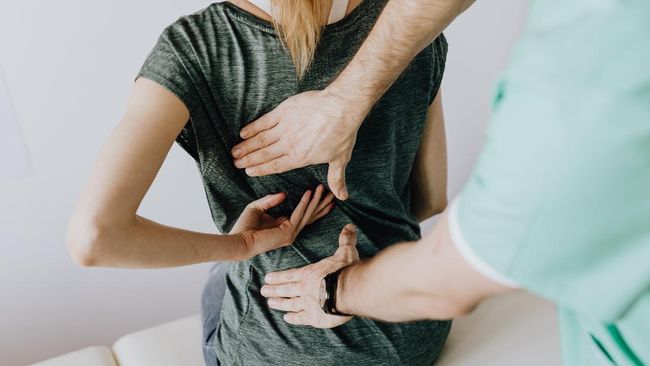Jakarta, CNBC Indonesia – A study in the UK revealed that about one in five Omicron patients experience symptoms of muscle pain such as back pain.
Back pain is reported as a symptom that appears in the early stages of the disease. However, in some cases, back pain can also be a long-term symptom that persists for weeks or even months after infection. This condition is known as Long-Covid.
Pain that lingers long after recovery is a side effect of cytokines. “You can kill the virus in the body but the inflammatory response that occurs during infection can persist depending on the patient’s immune response,” said Dr Charu Dutt Arora, a Covid researcher from the Asian Institute of Medical Sciences.
ADVERTISEMENT
SCROLL TO RESUME CONTENT
–
How to tell the difference between back pain due to Covid and normal muscle pain?
Most Covid patients report pain in the lower back, according to a Healthline report. Back pain caused by COVID-19 is often described as a deep pain, rather than the sharp or stabbing pain that may accompany a sudden muscle injury.
Patients also report Omicron back pain feels like menstrual cramps, kidney stones, or muscle spasms
Pain caused by viral infections also tends to be reduced by changing your posture. This does not apply to pain caused by muscle injury.
Some people report experiencing persistent back pain after a COVID-19 infection. This pain is still felt even months after recovering from Covid.
A 2020 study in Italy found that about 25 percent of people with COVID-19 experience persistent joint pain for up to two months after the onset of COVID-19 symptoms. However, if the patient has good immunity, the pain can go away quickly.
Next Article
5 Symptoms of Omicron Many Complaints, Turns Out Not Fever
–
–
(hsy)
–

:strip_icc()/s04.video.glbimg.com/x720/10802771.jpg)
